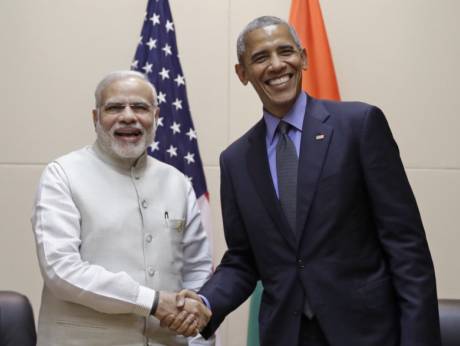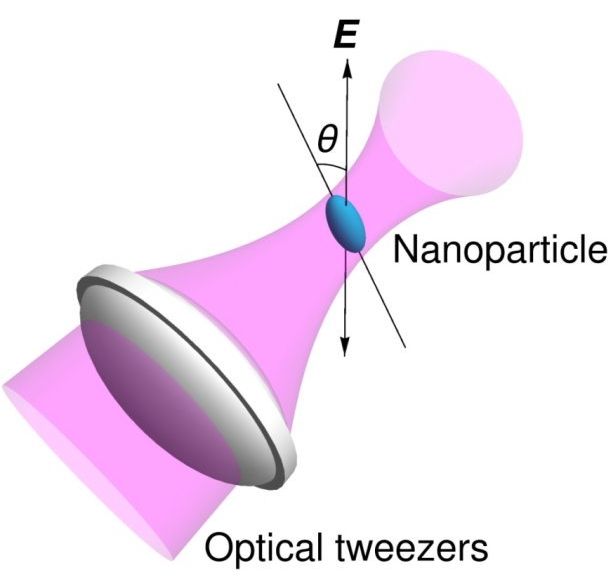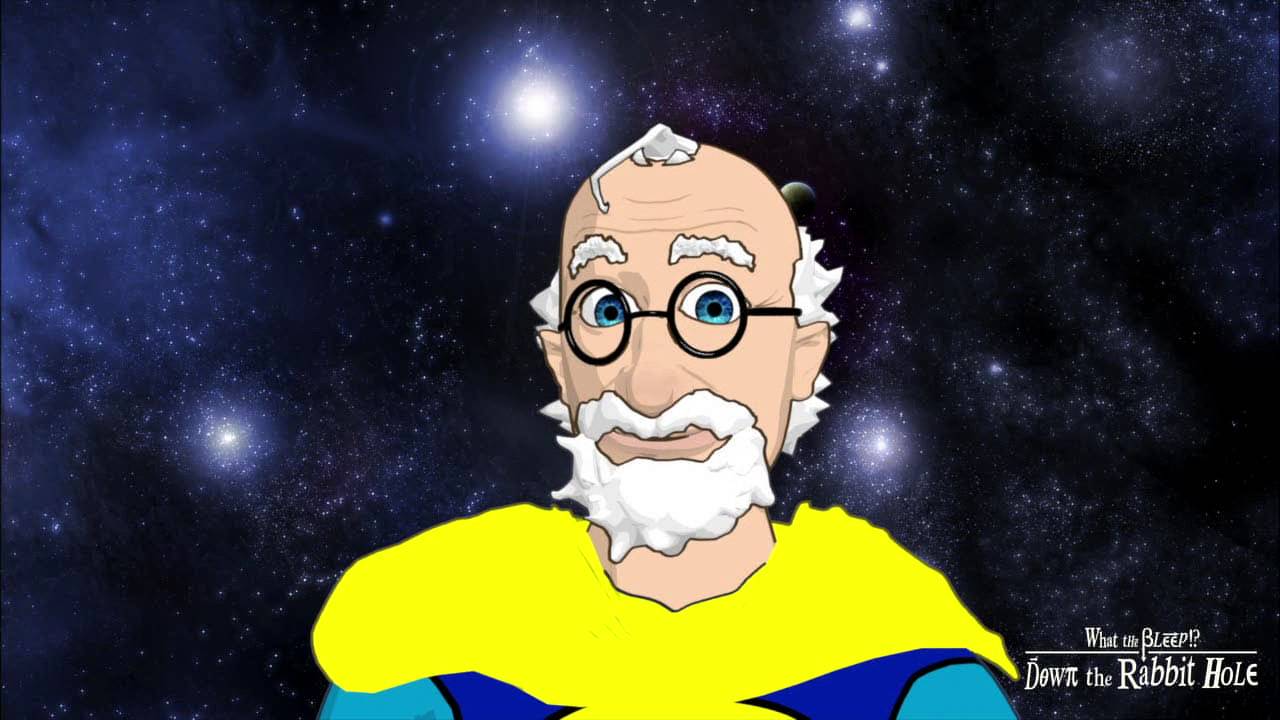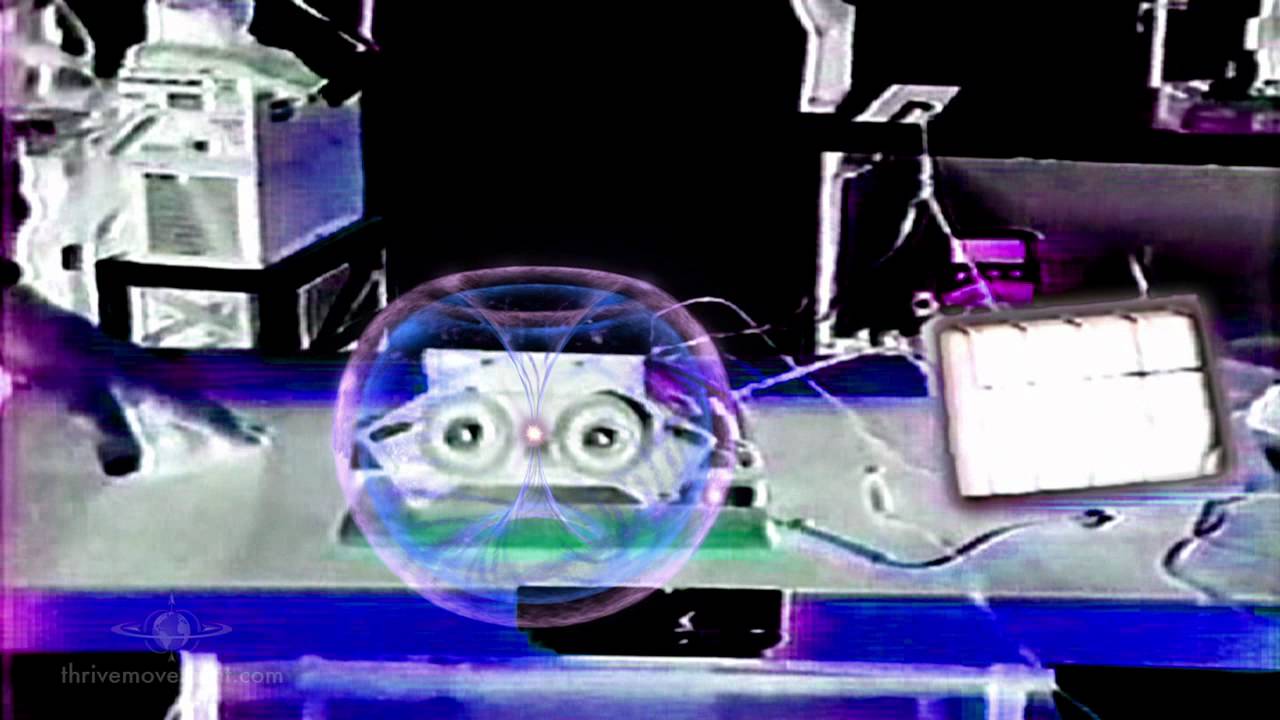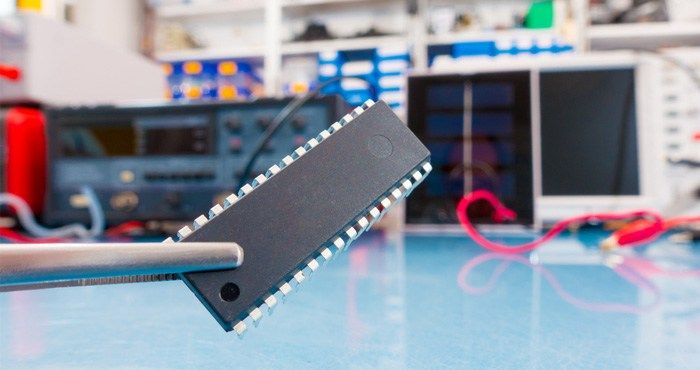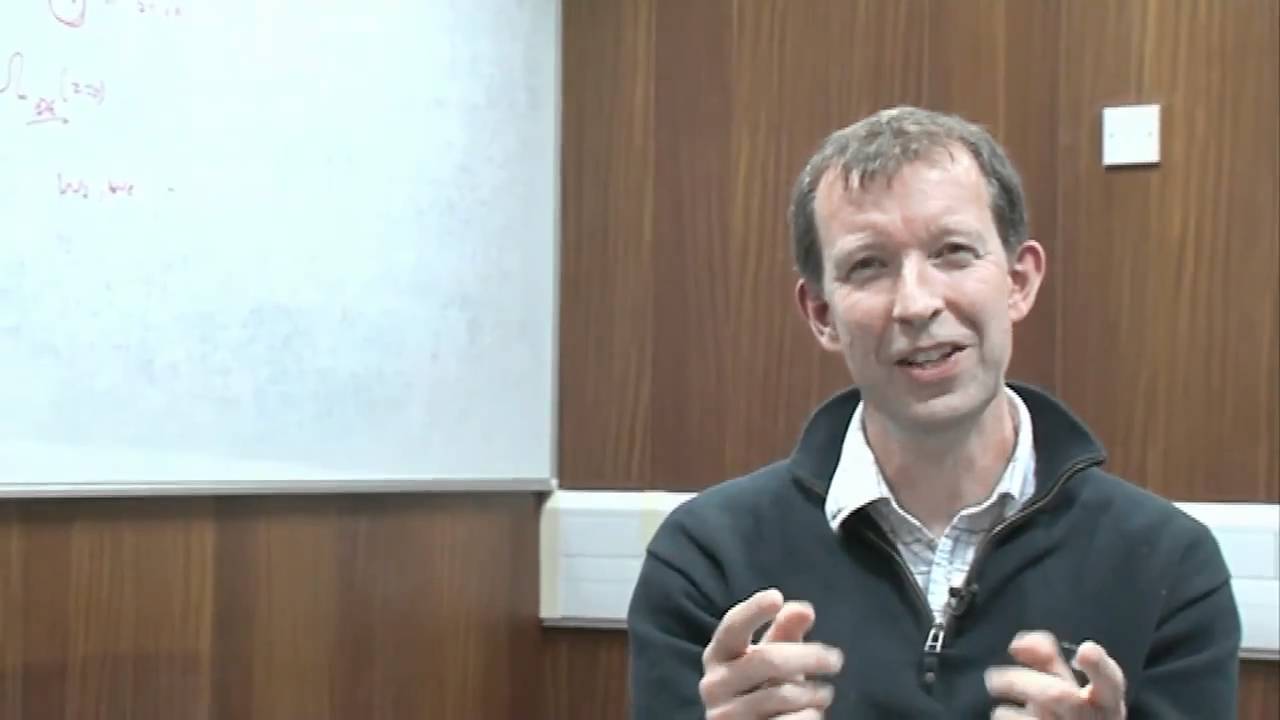Sep 15, 2016
China Suspected of Cyberwar Recon; Huawei Fears Linger
Posted by Karen Hurst in categories: cybercrime/malcode, internet
Hmmm; Chinese antitrust regulators are investigating Microsoft, and Huawei has been shut out of the U.S. telecommunications-equipment market over concerns it might be a front for cyberspying.
Alleged Chinese hacking of American companies may have diminished since tensions over the issue came to a head during Xi Jinping’s state visit to the U.S. last year. At Lawfare, however, security technologist Bruce Schneier describes a recent series of attacks which appear to show “someone […] learning to take down the internet.” “The data I see suggests China,” he writes, “an assessment shared by the people I spoke with.”
Over the past year or two, someone has been probing the defenses of the companies that run critical pieces of the Internet. These probes take the form of precisely calibrated attacks designed to determine exactly how well these companies can defend themselves, and what would be required to take them down. We don’t know who is doing this, but it feels like a large a large nation state. China or Russia would be my first guesses.
Continue reading “China Suspected of Cyberwar Recon; Huawei Fears Linger” »

